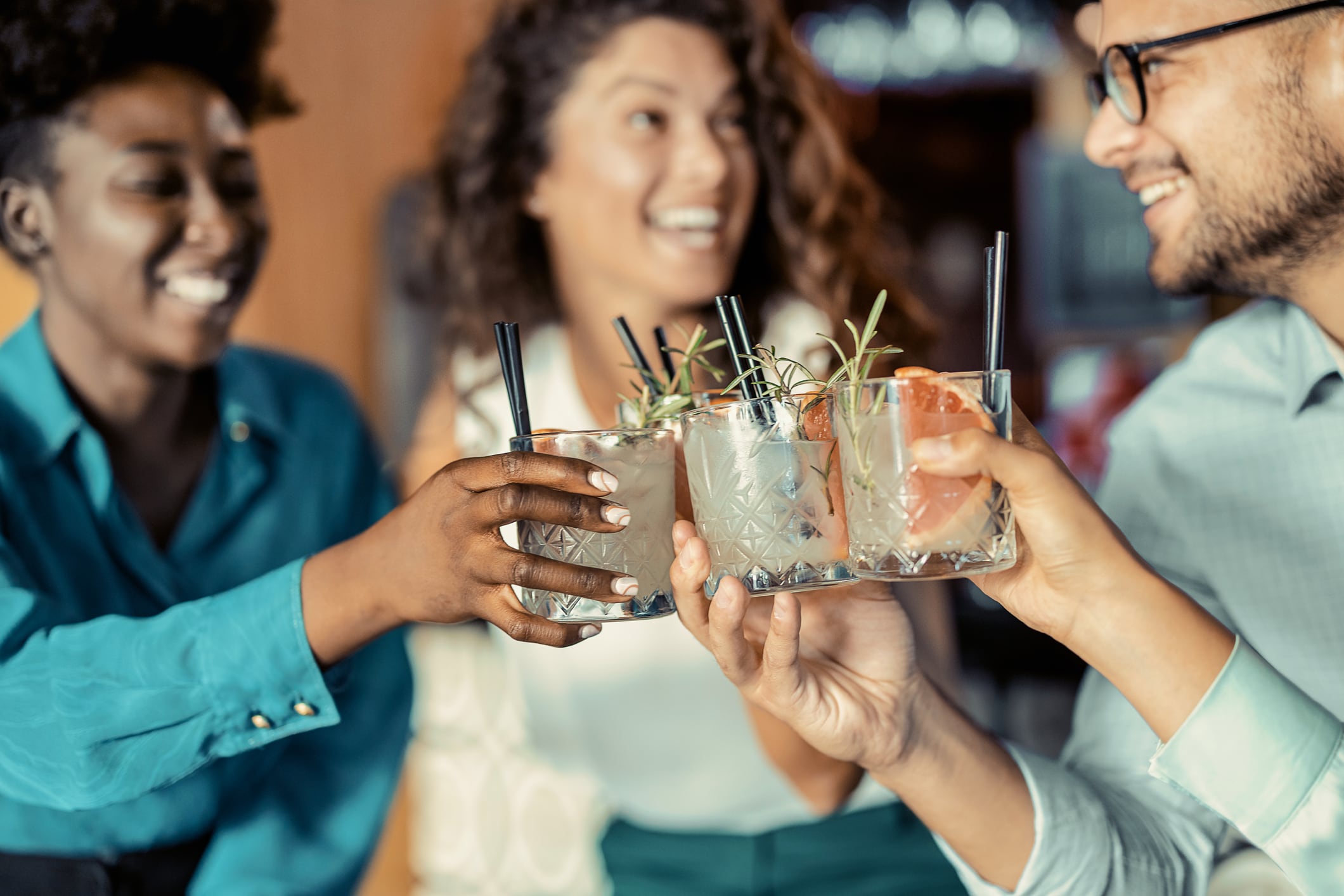Non-alcoholic spirits are a small but growing part of the non-alcoholic market. Unlike non-alcoholic beer and wine, they are replacing something with an ABV of 40% and a taste which owes a lot to alcohol itself.
Consumers are drawn to non-alcoholic drinks by flavour, health and a desire to fit in.
But how do brands replicate a drink that owes so much to alcohol?
Extraction or creation?
First thing’s first: when non-alcoholic spirits are made, are they made through extracting the alcohol from actual spirits, or created from scratch?
In the case of Lyre’s, the answer is definitively the latter.
The brand uses other ingredients to replicate the taste of the spirits it is replacing. For example, it combines flavours like lemon and lime with sugar in order to provide comparable tastes to the alcoholic versions.
“You want to have all the flavours that you have in the in the one that is iconic‚" explains Benedicta Tornieri, marketing manager for Europe, the UK and the Middle East at Lyre’s.
The aim of such flavour combinations is to “try to make the flavour pop out.”
Drinks multinational Diageo produces several non-alcoholic spirits. Unlike with non-alcoholic beers such as Guinness 0.0, which is produced by removing the alcohol, non-alcoholic versions of spirits brands such as Tanqueray are produced through methods not involving alcohol.
“The liquid never comes into contact with alcohol. The botanicals are individually immersed in water, heated and then distilled before being expertly blended together to capture the essence of Tanqueray in a delicious alcohol-free alternative,” explains Siobhan Hamilton, GM for innovation in Europe and Africa at Diageo.
Non-alcoholic spirit brand Almave is similar, never allowing alcohol to form. The brand, which was founded by UK Formula One driver Sir Lewis Hamilton, skips the fermentation process which creates alcohol.
“We don’t need to extract alcohol because we never allow alcohol to form in the first place,” explains explains Iván Saldaña, Almave co-founder and master distiller.
“In traditional tequila production, the fermentation process converts sugars into alcohol. We skip this step entirely, meaning there’s no need for dealcoholization.”
Almave uses a combination of other ingredients to build up the flavours which alcohol does not provide.
“We carefully select natural ingredients to replicate the sensory experience of alcohol. We retain the natural agave sugars, which contribute to the mouthfeel and add depth.
“For pungency, we use a natural ingredient extracted from chili to bring that subtle heat or bite that alcohol typically provides. For texture and weight, we incorporate plant-based gums and glycerol, which add viscosity and a sense of heaviness on the palate, mimicking the structure alcohol gives to spirits.”
The production of non-alcoholic spirits has also proved challenging due to key differences that the absence of alcohol’s functional properties raises.
“Alcohol is a natural preservative and steriliser. Without it we have had to develop new techniques and processes to ensure our non-alc products have a consistent great taste experience and quality over time,” explains Diageo’s Hamilton.
Do they use techniques from alcohol?
Non-alcoholic spirits may not actually contain alcohol, but they do use techniques from the alcohol industry.
Major brand Seedlip creates its product in a similar way. The liquid, according to the brand, takes six weeks to make and is produced from peels, barks, herbs and spices, which are sourced by working closely with farmers.
Each ingredient is distilled through copper pot distillation, a technique that is also used to make gin.
Production also involves maceration, a soaking process used in winemaking, and filtration, a key part of the production of spirits. It is eventually blended and bottled in England.
Almave also uses techniques from the alcohol industry. The drink is distilled several times to bring out the flavours, for example. Unlike in the traditional tequila production process, the drink is not fermented.
“Instead of creating a flavored water or using distillates without a real connection to traditional spirits, we followed the same process as tequila-making, only skipping the fermentation step where alcohol is generated,” explains Almave’s Saldaña.
Starting with blue agave, the brand performs multiple distillation processed to concentrate the compounds that carry its aromas and flavours.
The brand than works with the hydrolate, the result of distillation, to enhance mouthfeel, stability and texture, balancing acidity and sweetness and aiming to mimic the pungency of alcohol.


